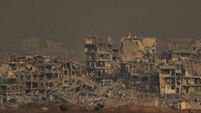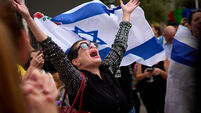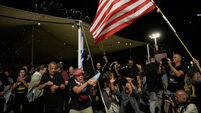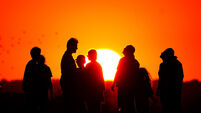Peter Power: Gaza's traumatised children have lived through five wars already
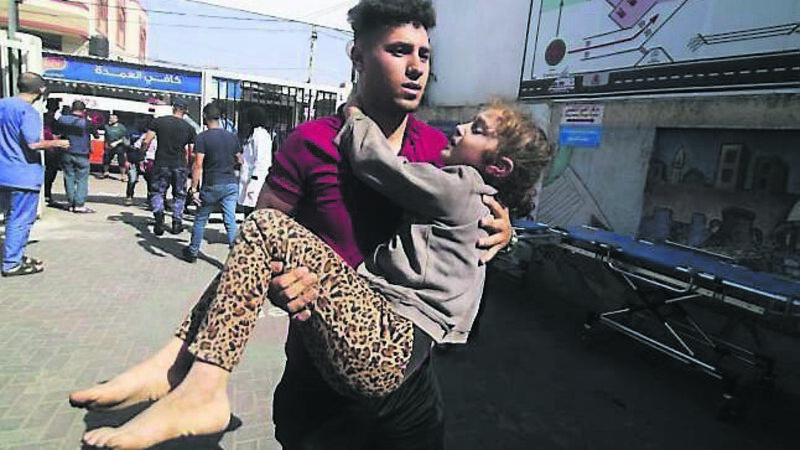
As the Israel-Hamas escalation wages on, the barrage of hourly headlines chronicle facts and figures; numbers of the dead, percentage of critical infrastructure which has been levelled to the ground, rapidly dwindling supply counts. The conflict is so complex, so fast-moving, that numbers help us to make sense of an incomprehensible catastrophe.
As the international community anxiously await alerts and updates from the ground, the sheer volume and frequency of these has not allowed for the appropriate levels of focus on the grave psychological impact of the events following October 7th. These typically intangible, hard-to-quantify ramifications are as severe and longer lasting than the images of decimated buildings we have seen littered across front pages.
When I visited Gaza just a month before the escalation, what struck me most was the indelible stain left by almost two decades of conflict on an entire generation of children, who make up almost 50% of Gaza’s 2.2 million people. A child who is aged 15 in Gaza has now lived through five wars. While there is limited mental health data available on children in the State of Palestine, in 2022 it was estimated that about 678,000 required child protection, mental health and psychological or social support. Of those children requiring mental health and psychological services, the majority lived within the Gaza Strip.
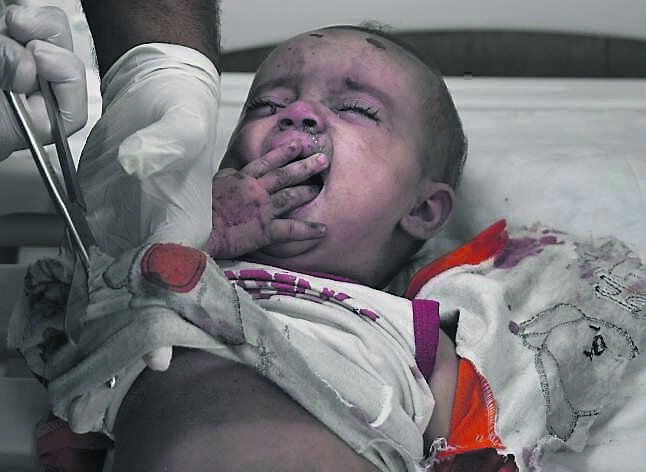
The explanation for this is manifold. A Unicef report published in July of this year highlighted the violence deriving from the protracted conflict as significantly impacting children’s mental health across the enclave. Witnessing, or worse, being victims of violence created stress and anxiety, with a clear example being demolition of children’s homes, depriving them of a safe place to grow and develop. Children living in areas of ongoing conflict are exposed to violence which increases their risk of PTSD, nightmares, flashbacks and anxiety.
The report found that the 16-year long closure of the Gaza Strip had resulted in severe shortages of sports equipment and facilities. The incredibly high population density meant that there was almost no land available for playgrounds or outdoor activities. The pressures faced by children at home, at school and in their communities also took a toll due to economic and social insecurity; school dropout; physical health and protection risks like early marriage and child labour.
While in Gaza, I witnessed how my colleagues in Unicef addressed the unique needs of Gazan children when I visited the Afaq Family Center in the Shejaea neighborhood, one of 12 family centres provided by Unicef and partners across the region to support children and families most affected by mental and psychological distress.
These special facilities were designed to provide both protection services and education to help children and their families cope with stressors in their daily lives. These included safe, interactive, culturally and age-appropriate activities for children and education for parents on how to support their children in emergency situations. These education sessions were caregiver-led and featured topics like positive parenting, psychological support for children, bed-wetting and protection risks.
At the family centres, children had the opportunity for emotional discharge and release. One child described being afraid of nightfall in case airplane bombardments couldn’t see where they were going and “bombarded randomly”. Another child of 11 was so afraid of being alone in case a rocket struck, she always took her mother to the bathroom with her. An older child described her terror whenever she heard a loud voice.
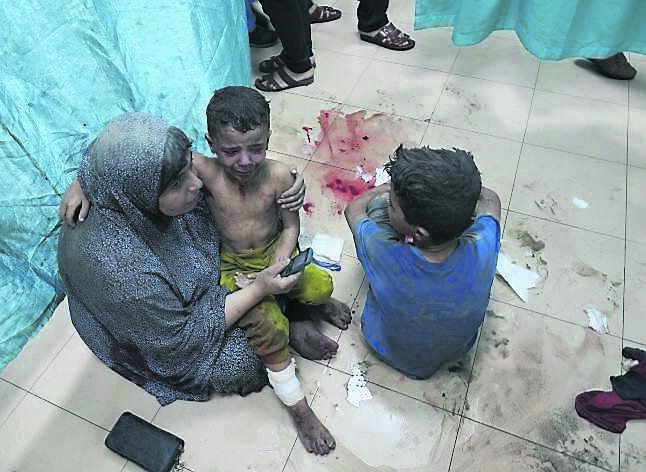
There, in the wake of such hardship, it was difficult not to be moved seeing the children laughing, engaged in drama, puppetry and games. When speaking with my Unicef colleagues on the ground, they shared self-reports by the children of improvements in their conflict resolution skills, time management, emotional expression, relaxation, anxiety and ability to manage difficult and painful emotions.
Despite these huge strides, my colleagues also expressed their frustration that the family centres could only serve a fraction of children in need of psychosocial support across the enclave and advocated for a holistic strengthening of the Gaza Strip’s child protection systems. It is difficult to imagine when this may happen now, or whether, indeed, any of these buildings are even still standing. Facilities like the family centres were a lifeline to childhood for children who have suffered more than a life’s worth of loss.
It is difficult to fathom the long and lasting impact this most recent escalation in violence, the most severe since 2006, will have on children in Gaza. The psychological and social challenges they already grappled with will inevitably be compounded by the immeasurable pain and horror they have experienced since October 7th. This lasting trauma will also be felt by Israeli children across the divide who have lost family members, been evacuated from their homes or have tragically been killed themselves.
More than anything, the children of Israel and the State of Palestine need a lasting political solution to the crisis, so that they can grow up in peace and free from the shadow of violence which could haunt them for life. There must be no more deaths and no more loss. Every child, everywhere deserves peace.
- Peter Power is executive director of Unicef Ireland




